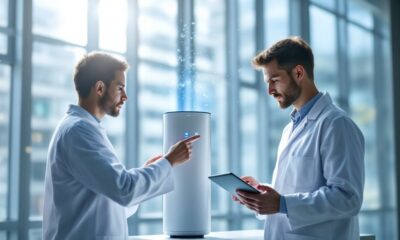Residential Indoor Air Quality
Revolutionizing HVAC for Healthier Indoor Air
Pioneering HVAC innovations merge smart technology with advanced filtration to transform indoor air quality, but the biggest breakthroughs may surprise you.
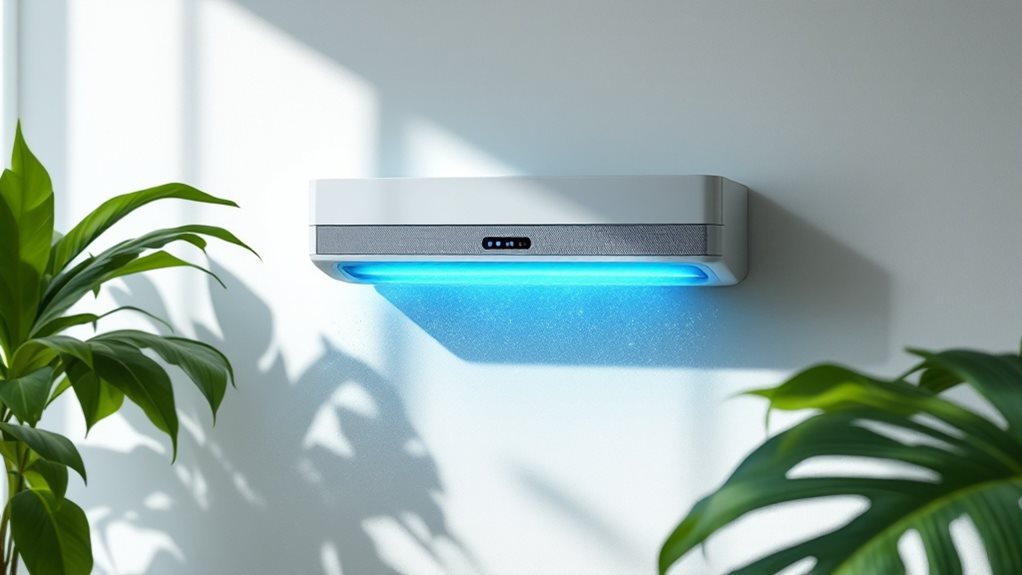
The COVID-19 pandemic has catalyzed a significant transformation in HVAC technology, emphasizing the critical importance of indoor air quality. Modern systems now incorporate smart sensors that monitor air contaminants, CO2 levels, and particulate matter in real-time. Advanced filtration systems, coupled with IoT-enabled controls, allow for precise management of ventilation and temperature zones based on occupancy patterns. Industry leaders like Rheem and Modine are developing innovative solutions that combine enhanced air quality with energy efficiency, including the integration of low-GWP refrigerants and heat pump technologies. These advancements represent just the beginning of a revolutionary shift in how we approach indoor air management.
The Pandemic's HVAC Wake-Up Call
The invisible threat of COVID-19 forced building owners and facility managers to confront a stark reality about their HVAC systems. Existing ventilation and filtration capabilities proved inadequate for addressing airborne pathogens, leading to unprecedented demand for system upgrades across healthcare facilities, schools, and public venues.
This watershed moment accelerated the adoption of advanced HVAC technologies, particularly those focused on enhanced indoor air quality (IAQ). The shift to lower-GWP refrigerants like R-454B and R-32 gained momentum, accompanied by stricter leak detection protocols and safety standards.
The HVACR workforce emerged as an essential service, maintaining critical infrastructure while implementing new solutions. These developments highlighted the crucial role of properly maintained HVAC systems in protecting public health through improved ventilation, filtration, and air distribution strategies. Additionally, AI employee solutions can help streamline communication and scheduling for HVAC service providers, ensuring efficient operations and improved customer engagement.
Smart Technology Reshapes Air Systems
Modern HVAC systems are undergoing a dramatic transformation through the integration of smart technologies and advanced monitoring capabilities.
These innovations include sophisticated sensors that continuously track air quality metrics like VOCs, CO2 levels, and particulate matter, enabling real-time system adjustments for ideal indoor environments.
Multi-stage and variable-speed technologies are revolutionizing heat pump efficiency, while smart controls allow for precise zone management based on occupancy patterns.
UV-C light integration provides additional air purification capabilities, targeting airborne pathogens.
The implementation of IoT-enabled devices facilitates remote monitoring and predictive maintenance, reducing system downtime and operating costs.
These technological advancements are particularly valuable in addressing the evolving needs of hybrid workplaces, where traditional timer-based controls no longer suffice for maintaining consistent comfort and air quality standards.
Remote Work's Impact
With smart building technologies reshaping HVAC operations, workplace dynamics have undergone significant changes due to widespread remote and hybrid work models.
These shifts have created new challenges for HVAC systems originally designed for consistent occupancy patterns. Traditional timer-based controls no longer adequately serve buildings with variable occupancy levels.
Modern HVAC systems now require enhanced zone control capabilities and adaptable programming to maintain ideal indoor air quality while maximizing energy efficiency. Sensors monitoring CO2 levels and occupancy patterns help systems adjust airflow and temperature settings in real-time, ensuring comfort for present workers while reducing energy waste in unused spaces.
This transformation has accelerated the development of demand-controlled ventilation systems that can automatically modify operations based on actual building usage rather than predetermined schedules.
Sustainable Solutions for Tomorrow
Driving the future of HVAC innovation are sustainability initiatives focused on achieving net-zero emissions by 2050. Advanced heat pump technologies, incorporating multi-stage and variable-speed capabilities, are leading this transformation by providing efficient heating and cooling solutions even in colder climates.
Integration with renewable energy sources, particularly solar and geothermal systems, further enhances environmental performance.
Digital technologies play an essential role in enhancing HVAC operations through smart sensors and automated controls. These systems continuously monitor energy consumption, adjust performance parameters, and maintain ideal indoor air quality while minimizing environmental impact.
The industry's shift toward lower-GWP refrigerants, including A2L and HFO alternatives, demonstrates a commitment to reducing greenhouse gas emissions while maintaining system efficiency and safety standards.
Current Market Leaders
Leading the HVAC industry's sustainable transformation are several key manufacturers who have pioneered innovative solutions.
Companies like Rheem Manufacturing have made significant strides in developing high-efficiency heat pumps and smart comfort systems, while The Chemours Company continues to advance low-GWP refrigerant technologies.
Modine Manufacturing has strengthened its position through innovative heat transfer solutions and advanced filtration systems.
ABB Group has emerged as a frontrunner in building automation and control systems, integrating sophisticated sensors and IoT capabilities into HVAC infrastructure.
These market leaders have demonstrated commitment to addressing post-pandemic challenges through enhanced IAQ solutions, implementing UV-C technology, and developing energy recovery ventilators (ERVs) that optimize both comfort and efficiency while maintaining superior air quality standards.
Frequently Asked Questions
How Often Should UV-C Light Bulbs Be Replaced in HVAC Systems?
UV-C light bulbs in HVAC systems typically require replacement every 9,000 to 12,000 hours of operation, or approximately every 12-24 months, depending on usage patterns and manufacturer specifications.
Can Existing HVAC Systems Be Retrofitted With A2L Refrigerant Compatibility?
Retrofitting existing HVAC systems for A2L refrigerants requires careful evaluation, component replacement, and safety upgrades. While technically possible, costs and system compatibility must be assessed by qualified HVAC professionals.
What Temperature Settings Optimize Both Comfort and Energy Efficiency?
For ideal efficiency, set cooling to 78°F (26°C) and heating to 68°F (20°C). Using programmable thermostats to adjust temperatures during sleeping hours or unoccupied periods maximizes both comfort and savings.
How Do Different MERV Filter Ratings Affect HVAC System Performance?
While higher MERV ratings offer superior filtration, they can restrict airflow. MERV 8-13 filters typically balance ideal system performance with effective particle removal, maintaining energy efficiency and air quality levels.
Are Portable Air Purifiers as Effective as Built-In HVAC Filtration Systems?
Portable air purifiers can be effective for single rooms but typically don't match whole-house HVAC filtration systems in coverage area, airflow capacity, and overall air cleaning efficiency.
Conclusion
Like a butterfly emerging from its chrysalis, the HVAC industry has transformed through pandemic-driven evolution, spreading its technological wings across the built environment. Advanced filtration systems, smart controls, and sustainable solutions now form an intricate web of innovation, working in harmony to create healthier indoor spaces. As this revolution continues, the future of indoor air quality stands poised at the intersection of human health, environmental responsibility, and technological advancement.

Residential Indoor Air Quality
Innovative Partnership Promises Cleaner Indoor Air
CASPR and CIS revolutionize indoor air quality with groundbreaking technology that could forever change how we protect against airborne threats.
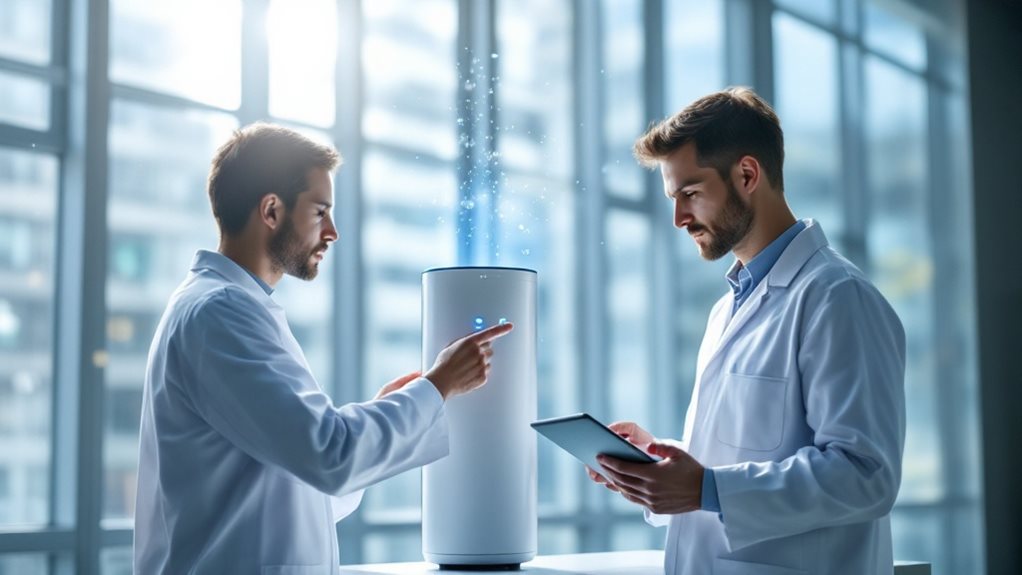
We're seeing a revolutionary advancement in indoor air quality through the partnership between CASPR Technologies and CIS Industries. Their Natural Catalytic Conversion technology transforms moisture into hydrogen peroxide molecules that continuously neutralize airborne pathogens without harsh chemicals. This innovative system integrates seamlessly with existing HVAC infrastructure, providing 24/7 disinfection for spaces like healthcare facilities, schools, and offices. The collaboration combines CASPR's cutting-edge technology with CIS's HVAC expertise to establish new standards for indoor air purification. The partnership's impact on building environments and public health marks just the beginning of this technological evolution.
The Evolution of Air Quality
In light of growing health concerns, we've seen dramatic changes in how businesses approach indoor air quality over the past decade.
The evolution has moved from basic filtration systems to sophisticated technologies that actively disinfect both air and surfaces. We're now witnessing a transformation where companies like CASPR Technologies and CIS Industries are leading the charge with Natural Catalytic Conversion technology.
What's particularly significant is how these advancements are reshaping our expectations of indoor environments.
The technology we're seeing today doesn't just filter air – it creates consistently cleaner spaces through continuous disinfection. This represents a substantial leap forward from traditional HVAC systems, which primarily focused on temperature control and basic air filtration.
We're entering an era where air quality management is becoming increasingly proactive rather than reactive. Additionally, the implementation of AI solutions in managing communications can enhance customer engagement and satisfaction, further supporting businesses in maintaining cleaner indoor environments.
Partnership Brings Revolutionary Change
Pioneers in air quality innovation, CASPR Technologies and CIS Industries have joined forces to revolutionize indoor air disinfection technology. Together, we're combining CASPR's Natural Catalytic Conversion technology with CIS Industries' extensive HVAC expertise to create thorough air quality solutions for businesses, healthcare facilities, and schools.
We've seen how this partnership's bringing significant advancements to the industry through enhanced technological capabilities and broader market reach.
By integrating CASPR's continuous disinfection systems with CIS Industries' established mechanical solutions, we're setting new standards for indoor air quality. The collaboration's already showing promise in developing cutting-edge products that'll address growing demands for cleaner, safer indoor environments.
We're particularly excited about how this union will transform air quality management across multiple sectors.
Breaking Down the Technology
The innovative core of this partnership centers on CASPR's Natural Catalytic Conversion (NCI) technology.
We're seeing a revolutionary approach to air and surface disinfection that works continuously, transforming moisture in the air into effective oxidizing molecules. This process creates a safer indoor environment without harsh chemicals or ozone.
- The technology converts ambient moisture into hydrogen peroxide molecules
- These oxidizing molecules actively neutralize pathogens in the air
- The process maintains effectiveness 24/7 without interruption
- The system integrates seamlessly with existing HVAC infrastructure
When we examine CIS Industries' integration of this technology, we're looking at a significant advancement in indoor air quality solutions.
The system's ability to operate continuously while maintaining safe levels for occupants marks a substantial leap forward in disinfection technology.
Market Impact and Growth Potential
Market analysts predict substantial growth potential from this groundbreaking partnership between CASPR Technologies and CIS Industries.
We're seeing significant demand for advanced air quality solutions across multiple sectors, particularly in healthcare, education, and commercial spaces. This collaboration positions both companies to capture a larger market share while meeting evolving customer needs.
The partnership's impact extends beyond immediate market gains.
We'll see enhanced operational efficiencies as CASPR's Natural Catalytic Conversion technology integrates with CIS Industries' established HVAC solutions. Together, they'll develop new products that address growing concerns about indoor air quality.
Their combined expertise and resources will likely accelerate innovation in the industry, setting new standards for air purification and disinfection technology.
Health Benefits for Indoor Spaces
Innovative health benefits emerge from CASPR and CIS Industries' joint approach to indoor air purification.
We've seen how their Natural Catalytic Conversion technology transforms indoor spaces into continuously sanitized environments, offering protection against airborne pathogens and surface contaminants.
- Enhanced pathogen reduction through continuous disinfection, maintaining cleaner air 24/7
- Improved respiratory health conditions due to reduced allergens and microorganisms
- Lower risk of illness transmission in shared spaces like offices and schools
- Better indoor air quality metrics, meeting or exceeding industry standards
Their combined expertise delivers a thorough solution that's particularly valuable in healthcare settings, educational facilities, and commercial buildings.
We're witnessing a significant advancement in how indoor environments can protect occupant health while maintaining ideal air quality through sustainable, technology-driven methods.
Future of Building Environment Systems
Looking ahead, we're seeing revolutionary changes in building environment systems through CASPR and CIS Industries' partnership. Their combined technological expertise will transform how we manage indoor environments, integrating Natural Catalytic Conversion technology with advanced HVAC solutions.
We'll witness the emergence of smart building systems that automatically monitor and adjust air quality parameters while continuously disinfecting surfaces.
These innovations will redefine industry standards, as building management systems evolve to incorporate real-time air quality monitoring, automated pathogen reduction, and energy-efficient operation.
The partnership's developments will lead to more responsive and healthier indoor environments, where advanced disinfection technology works seamlessly with traditional HVAC components.
We're moving toward a future where buildings actively protect occupants through intelligent, integrated environmental control systems.
Sustainable Solutions Moving Forward
The sustainable impact of CASPR and CIS Industries' partnership extends far beyond immediate air quality improvements.
We're seeing a transformation in how businesses approach environmental health solutions, combining CASPR's Natural Catalytic Conversion technology with CIS's extensive HVAC expertise.
- Implementation of energy-efficient disinfection systems that reduce chemical usage while maintaining ideal air quality
- Development of integrated monitoring solutions that track and optimize system performance in real-time
- Creation of scalable solutions adaptable to various facility sizes and types
- Introduction of smart building technologies that automatically adjust to occupancy patterns
Together, we're establishing new benchmarks for sustainable indoor air quality management.
The partnership's innovations are helping facilities reduce their environmental footprint while providing superior protection against airborne pathogens and contaminants.
Frequently Asked Questions
How Long Does It Take to Implement Caspr's Technology in Existing Buildings?
Like installing a new heartbeat in a building, we can implement CASPR's technology swiftly into existing structures. We'll complete most installations within one to three business days.
What Are the Maintenance Costs Compared to Traditional Air Purification Systems?
We find CASPR's systems typically cost less to maintain than traditional purifiers since they don't require frequent filter changes and use minimal electricity, resulting in 30-40% lower annual maintenance expenses.
Can the Technology Be Integrated With Smart Home Automation Systems?
We're designing, developing, and deploying smart home integration capabilities for our NCI technology. It'll work with major automation platforms to control and monitor air quality through your existing smart systems.
What Certification Requirements Must Facilities Meet to Install These Systems?
We recommend checking local building codes and HVAC regulations first. You'll need to meet ASHRAE standards and obtain proper permits. Modern facilities typically require professional certification for installation.
How Does Extreme Weather Affect the Performance of Caspr's Disinfection Technology?
Inside or outside, hot or cold – we can't find specific evidence about weather impacts on CASPR's disinfection technology, as their NCI system operates continuously within controlled indoor environments.
Conclusion
We've hit the ground running with this transformative partnership between CASPR Technologies and CIS Industries. By combining our advanced Natural Catalytic Conversion technology with proven HVAC expertise, we're delivering thorough air quality solutions that exceed industry standards. Our integrated approach addresses critical indoor air challenges while providing scalable, efficient implementations. Through continued innovation and market expansion, we're setting new benchmarks for indoor environmental safety and operational excellence.
-
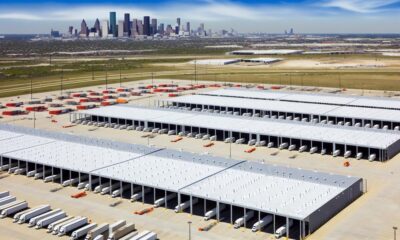
 Breaking News1 year ago
Breaking News1 year agoCentury Unveils New Distribution Hub in Houston
-
Business1 year ago
The only Google Business Profile Features That directly Make Your Listing Rank Higher
-

 Blogging1 year ago
Blogging1 year agoEffective Blog Promotion: Strategies to Increase Your Reach
-
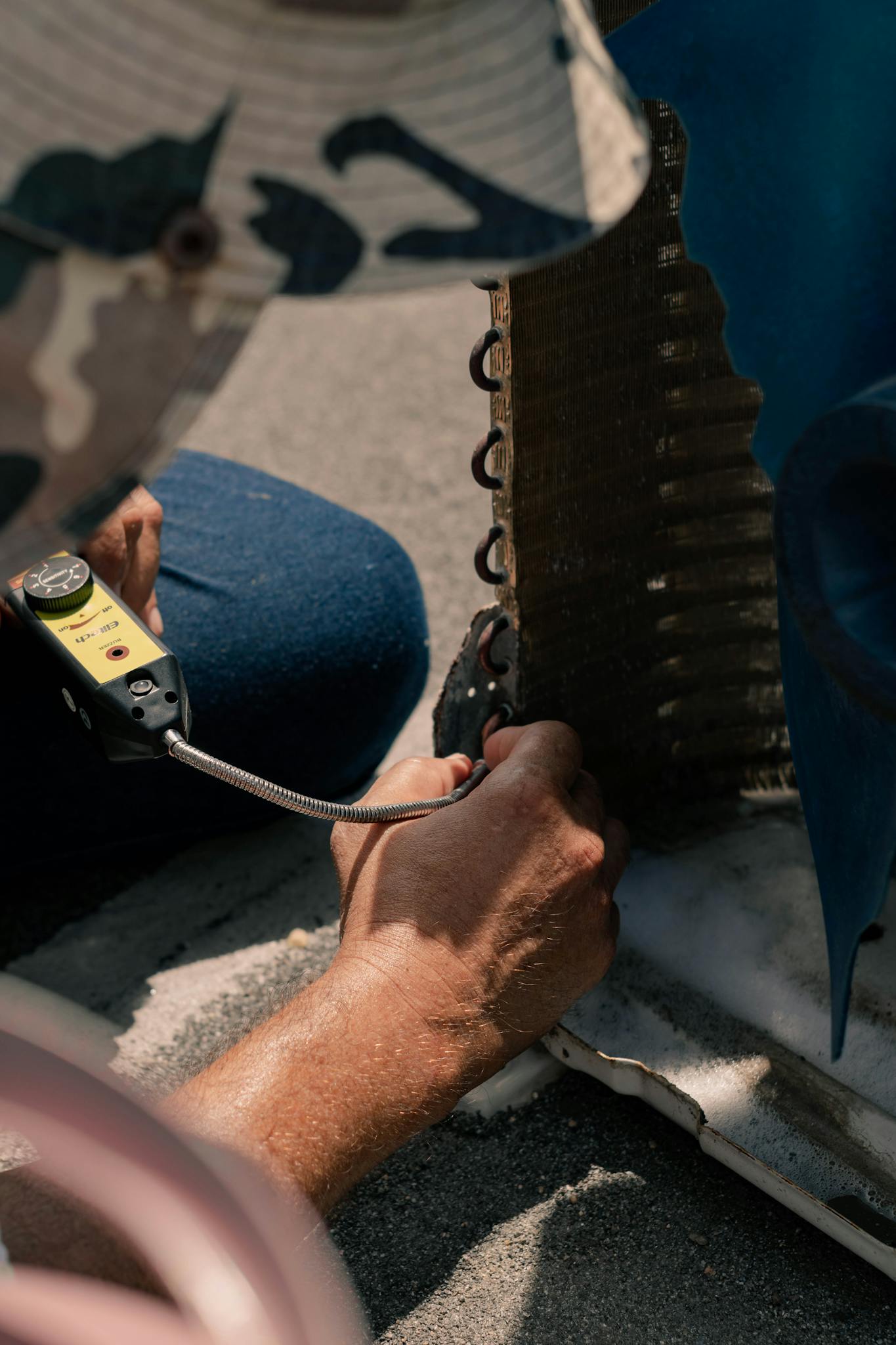
 Blogging1 year ago
Blogging1 year agoThe Essentials of Blogging: Tips and Strategies for Success
-

 Training and Education11 months ago
Training and Education11 months agoNavigating New HVAC Regulations: Compliance and Education
-
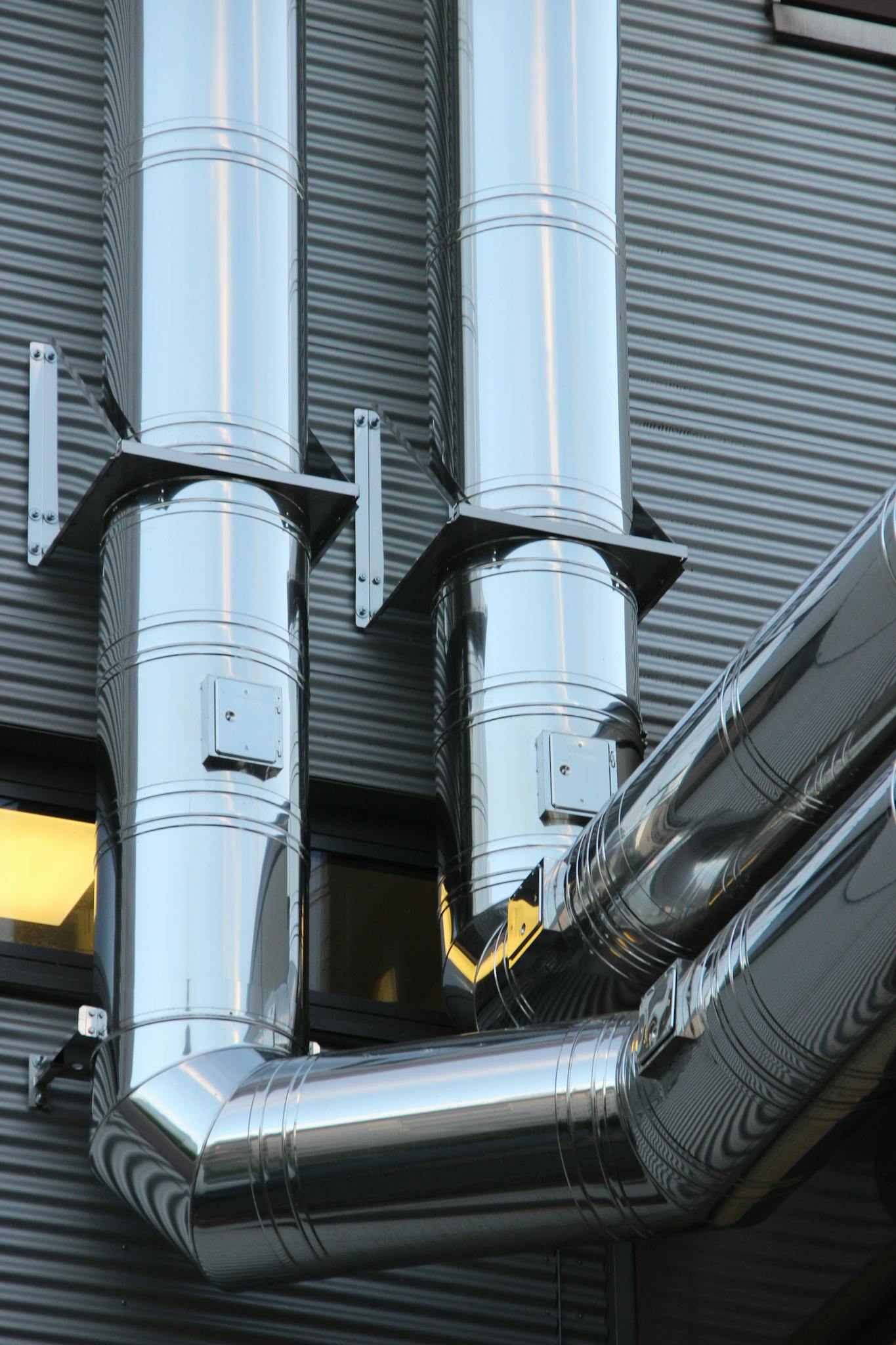
 Blogging1 year ago
Blogging1 year agoNever Run Out of Ideas: Top Tips for Generating Fresh Blog Topics
-
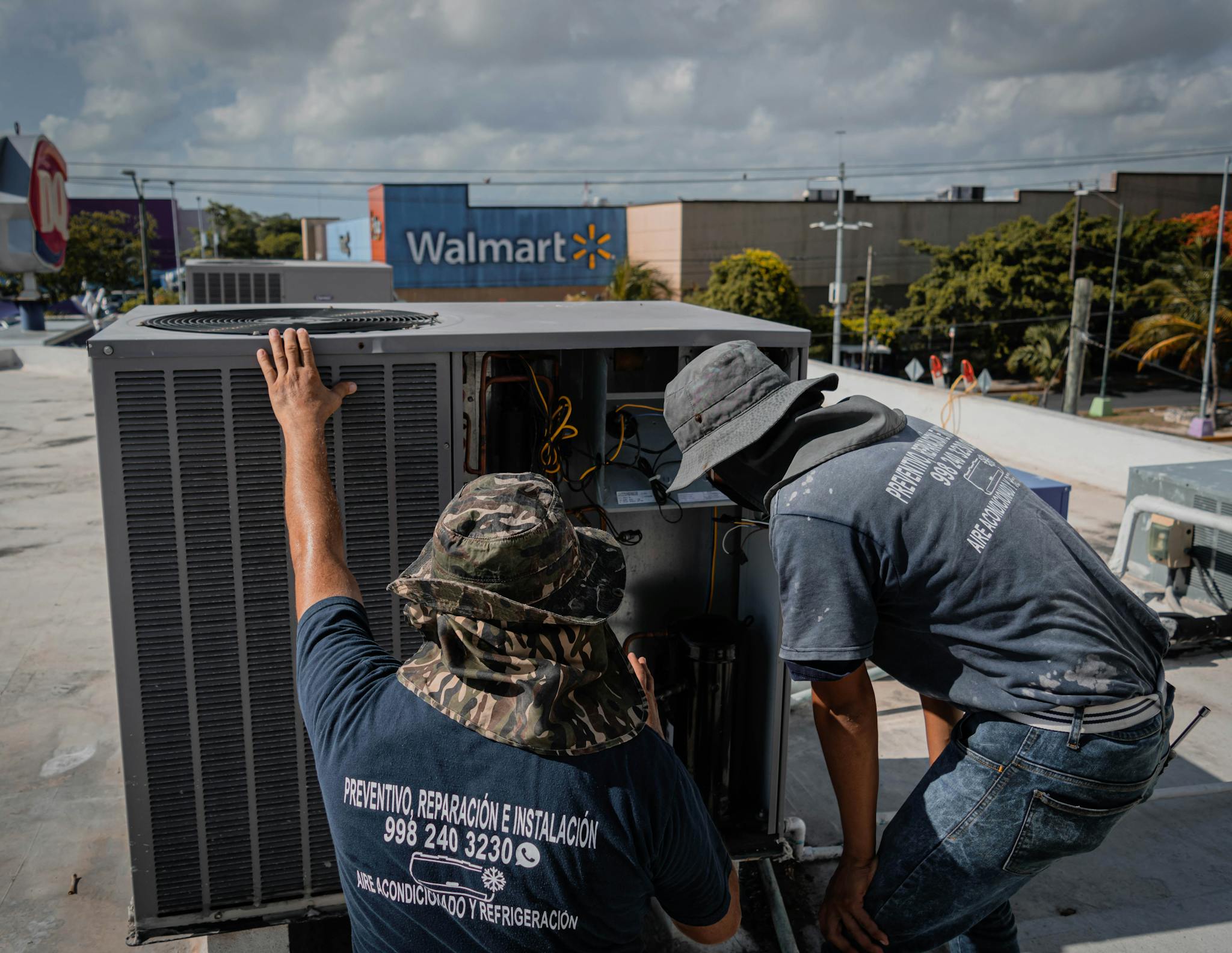
 Blogging1 year ago
Blogging1 year agoBuilding a Loyal Blog Audience: Strategies for Engagement and Growth
-
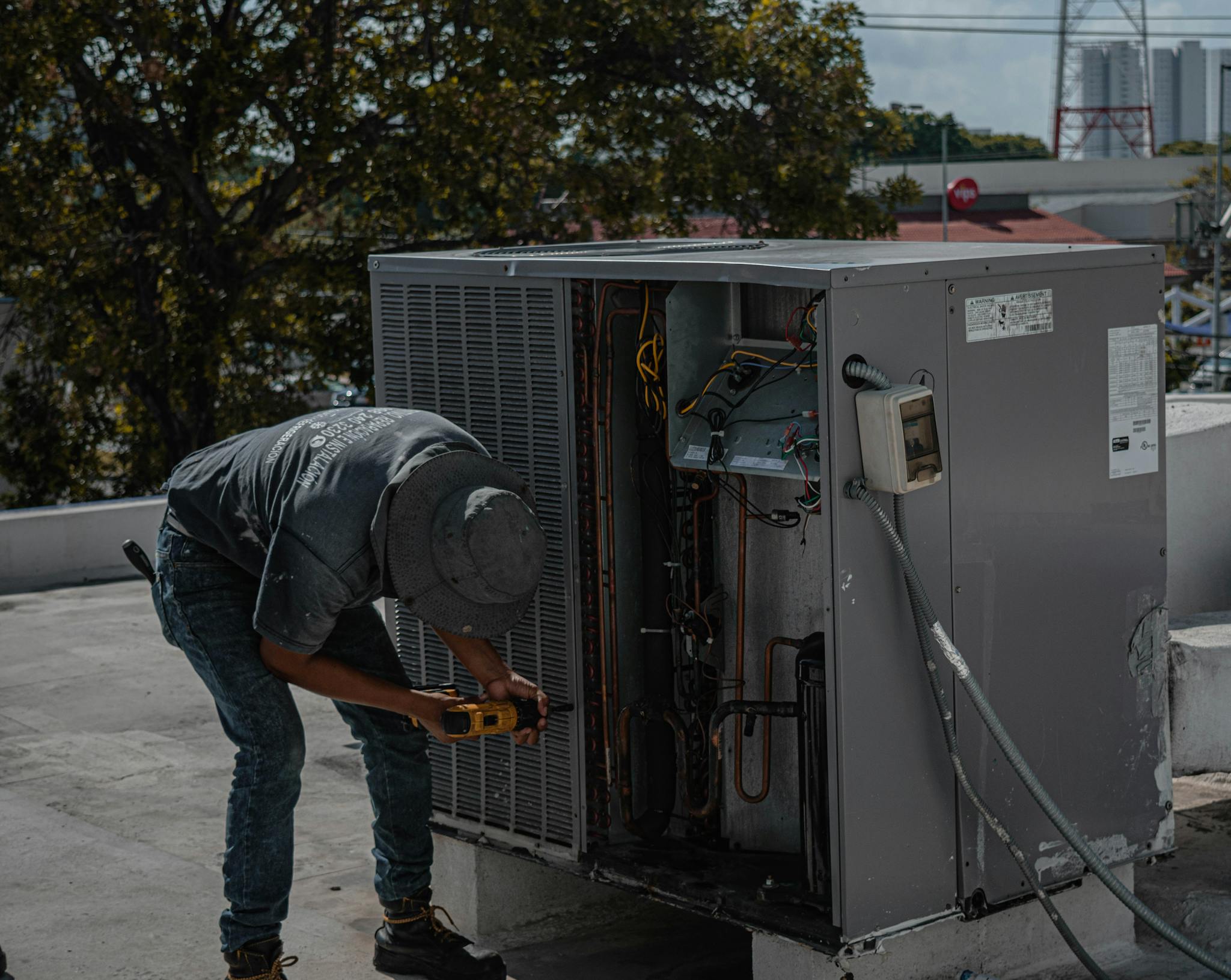
 Blogging1 year ago
Blogging1 year agoCrafting the Perfect Blog Structure: A Guide for Effective Blogging

